https://www.malaysia-traveller.com/chinese-temples-in-malaysia.html
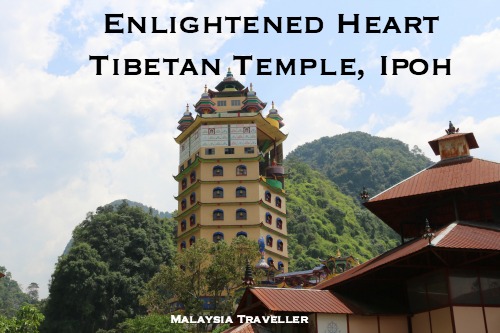
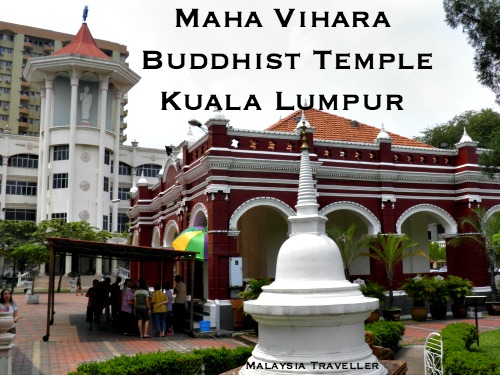
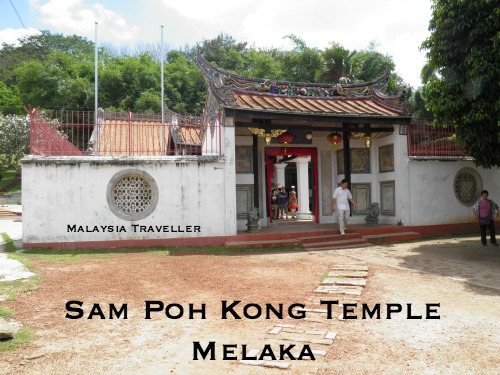
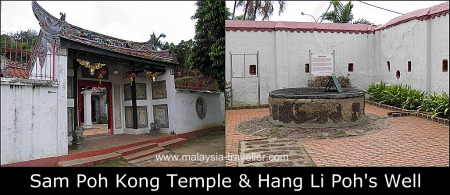
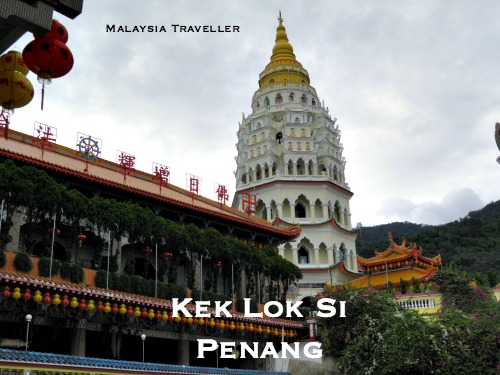
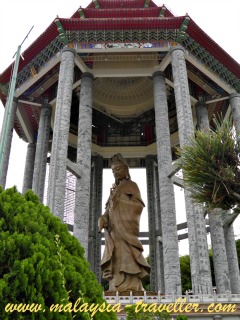
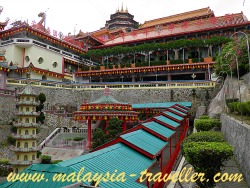
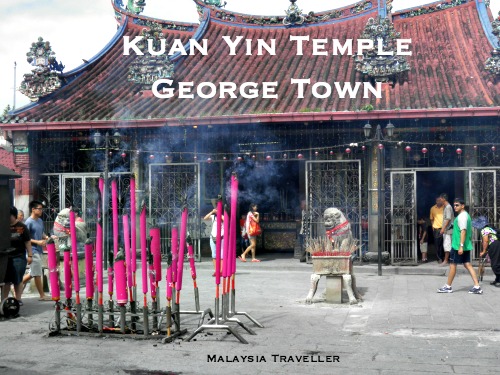
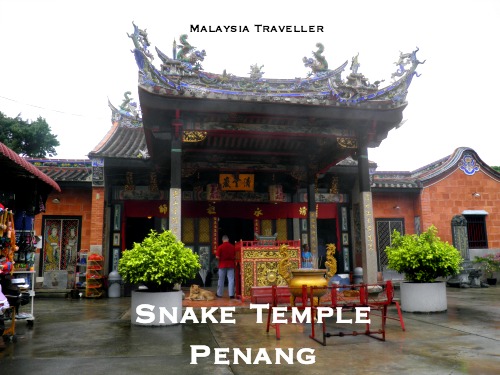
There are over hundreds of Chinese temples in Malaysia which is not surprising given that around a quarter of Malaysia’s population is of Chinese descent.
I use the term ‘Chinese temple’ loosely. These temples may be Buddhist, Taoist, Chinese folk religions or a combination of tone or more religions. Some of them may also serve as clan association temples. A few of those on my list are Tibetan Buddhist temples and one, Maha Vihara, was founded by Sri Lankan Buddhists.

The temple was established in 1976 by Ge Li Rinpoche who used to be known as Yong Si Fu until he gave up his home life to pursue the practice of Nyinma Tibetan Buddhism under the guidance of his teacher Ng Yuen Kong Rinpoche. Ge Li’s teachings are to:
- Not forget the kindness of your teacher.
- Sincerely practice the Buddha’s Teaching.
- Contribute sincerely to charity.
Following his own teachings, he built the pagoda for people to come and seek cures for illness, to pray for a long life and to practice Buddhism
https://www.malaysia-traveller.com/enlightened-heart-buddhist-temple.html
Enlightened Heart Buddhist Temple is a sprawling Tibetan temple complex with a tall pagoda tucked away in a hidden valley in the Tambun district of Ipoh, Perak.
This temple, with its imposing 13 storey pagoda and large standing Buddha statue, should be one of the top tourist attractions in Perak but it appears to be less visited than it deserves, perhaps due to its out-of-the-way location.
The pagoda, known as the Enlightened Heart Medicine Buddha Bhaishaya Guru Pagoda, meaures 72 metres in height making it one of the tallest in the world, though far behind the Tianning pagoda in China which, at 154 m, is over double the height.
The design of the pagoda is unconventional with an enormous opening from the 8th floor upwards through which an 11 metre high gold coloured Shakyamuni Buddha statue overlooks hills, ponds, and pomelo farms towards Ipoh city.
Surrounding the pagoda are a number of pavilions and buildings containing statues of deities, Buddhas, guardians, mythical creatures and more. Tibetan prayer wheels and prayer flags line the walkways. There is a wheel of fortune which devotees are instructed to walk around in a clockwise direction and to use their right hands to turn the wheel. Throughout the temple the walls are decorated with carvings, paintings and Buddhist scriptures.

The Maha Vihara Buddhist Templewas founded by the Sinhalese community in 1894 but on my visit the devotees seemed to be mostly Chinese. In the grounds of the temple is a Bodhi tree grown from a cutting taken from the sacred Bodhi tree in Anuradhapura, Sri Lanka which I remember visiting many years ago.


Sam Poh Kong Temple. This quaint temple is also known as San Bao Temple and Bao Shan Temple and is used to honour Zheng He. Construction began in 1795. It is popular for its wall paintings, attractive tiling and intricate roofline.
Next to it is Hang Li Poh's Well or San Bao Well whose water was said to have tasted so refreshing that the Dutch built a high wall all around it for protection.

Penang's Kek Lok Si Buddhist Temple is located atAir Itam on a hillside offering fine views overlooking George Town.
You could say it has been 130 years in the making as construction began in 1886 and has continued ever since. It was established by an abbot from Foochow in Fujian province, China. Over the years it has been expanded, upgraded and improved and even today, work is still going on in parts of the sprawling temple complex.
https://www.malaysia-traveller.com/kek-lok-si.html
The other big attraction is a giant bronze statue of Kuan Yin (The Goddess of Mercy) in front of which is an open area to admire the view of Air Itam and George Town. There are also landscaped gardens with carp and tortoise ponds at this level.
The statue is 30 meters high and was completed in 2002. Since then they have added a pavilion with an octagonal roof supported by tall columns to protect the statue from the elements.



https://virtualtourtheworld.blogspot.com/2018/11/blog-post.html
The Kuan Yin (Goddess of Mercy) temple is the oldest temple in Penang with construction having commenced in 1728. We certainly found it one of the most atmospheric of all the temples we visited on our trip.
https://www.malaysia-traveller.com/penang-heritage-trail.html
-

https://www.malaysia-traveller.com/penang-snake-temple.html
The Snake Temple, officially known as Hock Kin Keong or Cheng Hoon Giam, was built for the worship of the deity Cheng Chooi Chor Soo, also widely known as Chor Soo Kong.
Chor Soo Kong was a Buddhist monk who lived about a thousand years ago in Fujian, China. He was held in high esteem by the Chinese because of his spiritual enlightenment, great virtue, medical knowledge and good deeds during his lifetime. He was deified after his prayers for rain succeeded in ending a terrible drought in Fujian province.
In 1850, a monk arrived from China bearing a statue of Chor Soo Kong. The monk built a temple dedicated to Chor Soo Kong in a clearing by the Sungai Keluang river in Bayan Lepas, Penang. After completion of the temple, snakes from the surrounding jungle began taking shelter in the temple which soon came to be known as "The Snake Temple".


